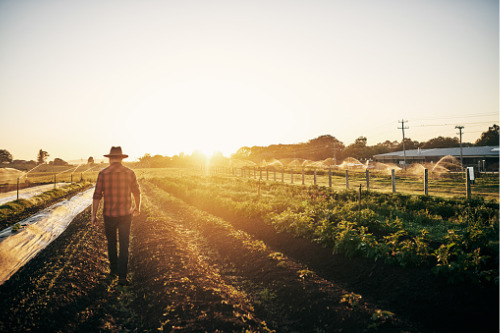

Industry-wide institutional change in the way Australian agriculture manages climate risk will be a long time coming, according to Mick Keogh, agriculture commissioner with the Australian Competition and Consumer Commission (ACCC).
Keogh addressed the topic at the LiveStock 2020 virtual conference run by the Southern Australia Livestock Research Council, where he was asked if Australia might one day get a public-private crop insurance programme like the scheme in the United States, where the federal government subsidises farmers’ insurance premiums for 60% of their cost.
According to a report in Queensland Country Life, the commissioner said such a change would require considerable advocacy and would be slow to come about. This is because most Australian farmers operate the same risk management strategy, which is to rely on high levels of individual equity and use that as a reserve when finances are challenged.
“One of the reasons there hasn’t been stronger uptake of climate and price risk management options (when products have been trialled in Australia) is that predominantly the business strategy adopted by a lot of farms in Australia is to rely on high equity and have that as a reserve to facilitate access to finance when seasons or prices are adverse,” said Keogh. “Once you have risk management in the form of high equity, you don’t necessarily want to shell out further money for an insurance premium.
“The US insurance products and the NZ dairy contracting system operate as risk management systems, and enable a low capital entry model for new farmers. As a result, land rental in the US and share-milking in NZ are far more common than in Australia, because new farmers can get started without needing a large capital base to manage the risk. The inertia we have around our system will be difficult to change.”
